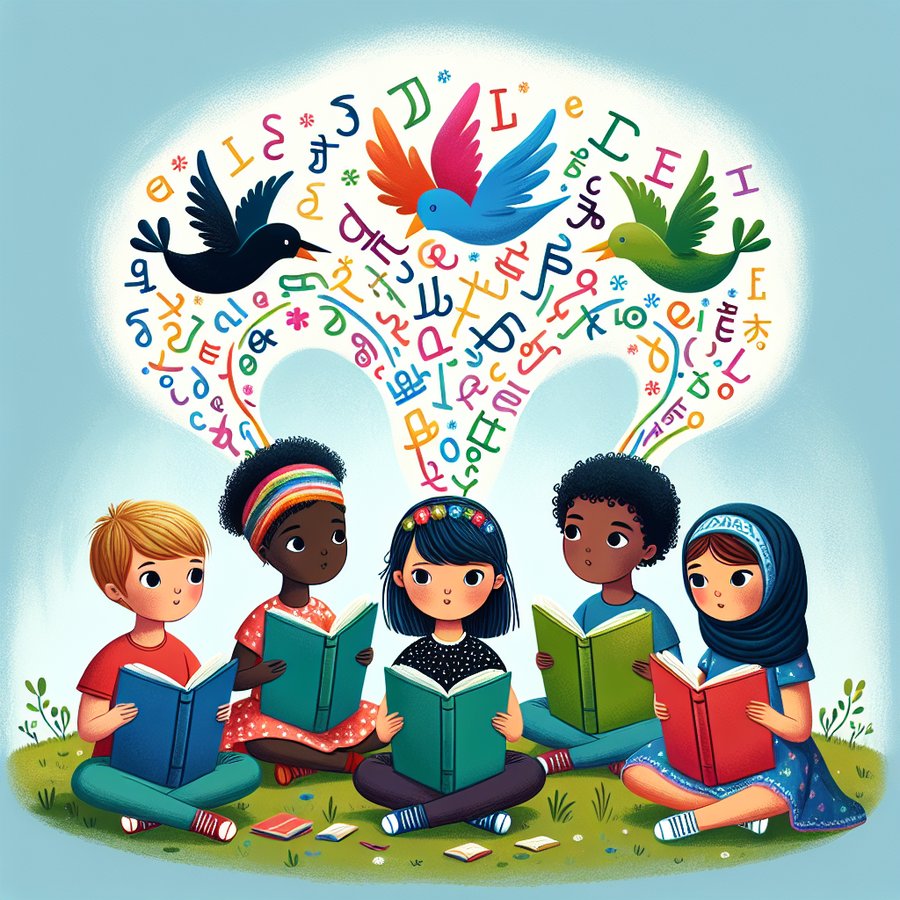Language development is a pivotal aspect of a baby’s growth, marking milestones that are both thrilling and indicative of cognitive progress. For new parents, understanding how this development unfolds can be both fascinating and essential. This comprehensive guide aims to explore the nuances of language development in infants, shedding light on what to expect, how to encourage it, and addressing common concerns that may arise.
What is Language Development in Babies?
Language development refers to the process by which children come to understand and communicate language during the early stages of their life. This journey begins from birth and continues as they grow, encompassing everything from coos and babbles to words and sentences. It’s a complex interplay of genetics, environment, and interaction that contributes to this fundamental skill.
There are several stages of language development, starting with pre-linguistic sounds and gradually moving towards more structured forms of communication. By recognizing and nurturing these stages, parents can play a crucial role in their child’s language acquisition journey.
Early Signs of Language Development
Identifying the early signs of language development can be an exhilarating part of parenting. Initially, babies communicate through gestures, facial expressions, and vocalizations such as cooing or babbling. These early sounds and actions are the building blocks of language and signify the beginning of your baby’s journey to speaking.
As babies grow, they begin to recognize familiar voices and may even start responding to their name or simple verbal commands. This progression from understanding to producing language is a critical phase of development. Encouragement from caregivers by talking, reading, and singing to the baby can greatly enhance this process.
How to Support Your Child’s Language Development
Supporting your child’s language development is not only about teaching them to speak but also about creating an environment that is rich in linguistic opportunities. Engaging in constant verbal interaction, reading stories together, and encouraging your baby to express themselves are all practices that foster language development.
Furthermore, understanding that each child develops at their own pace is crucial. While milestones can provide a general guideline, they are not set in stone. If concerns about your child’s language development arise, consulting a healthcare professional can provide guidance and reassurance. Incorporating resources such as early intervention programs can also be beneficial for children needing additional support.
Common Challenges in Language Development
While most children develop language skills naturally, some may face challenges along the way. These can range from simple delays in speech milestones to conditions such as auditory processing disorders or expressive language issues. Understanding these challenges and seeking appropriate interventions early can make a significant difference.
It’s also important to recognize the role of hearing in language development. Regular hearing screenings and paying attention to how your child responds to sounds can help identify any potential issues early on. For more information on how hearing affects language development, consider reading about hearing tests and language development.
Language Development Milestones to Watch For
Understanding what typical language development looks like at various stages can help parents monitor their child’s progress and identify any areas where they might need additional support. From babbling to the first words and beyond, each milestone is a step towards effective communication.
However, it’s essential to remember that variation is normal, and not all children will reach these milestones at the same time. If you have concerns about your child’s language development, resources like developmental milestones can offer more detailed guidance.
Language Development and Play
Play is a powerful tool in supporting language development. Through play, children learn to communicate their needs, desires, and emotions. Encouraging imaginative play and providing toys that stimulate conversation can significantly benefit language acquisition.
Incorporating educational toys and activities that promote language skills, such as storytelling or singing, can also be valuable. Remember, the goal is to make learning as enjoyable and engaging as possible for your child.
Conclusion
Language development is a critical aspect of a child’s growth, laying the foundation for future communication skills. By understanding the stages of language development, recognizing the signs, and knowing how to support your child through this journey, parents can ensure their child gets off to the best possible start. With patience, encouragement, and the right resources, you can help your child navigate the path of language development confidently.
For more information on topics related to your baby’s health and development, visit Baby Whys and Hows.













